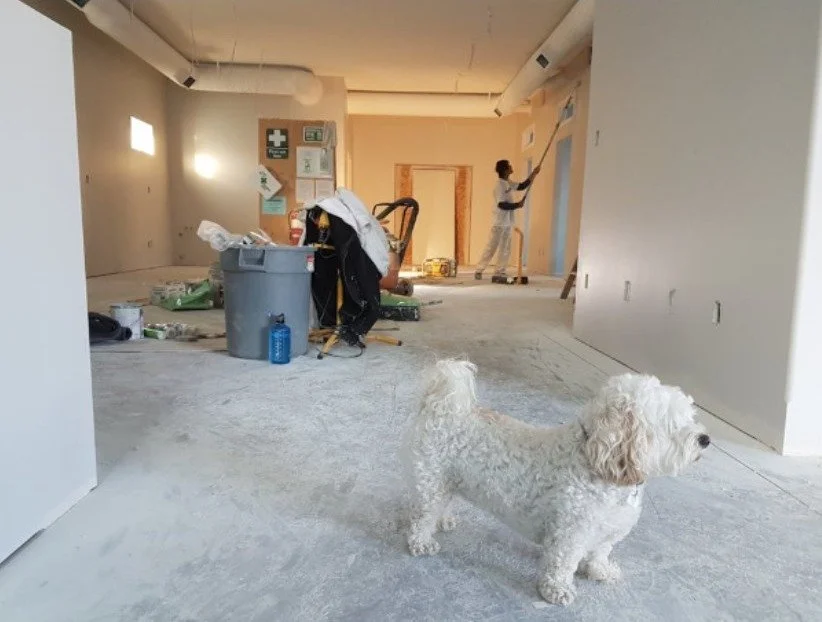How to Assess Roof Damage and When to Opt for Repair or Replacement
Your roof is one of the most critical components of your home, providing protection against the elements and ensuring your family’s safety. However, over time, roofs can suffer from wear and tear, leading to potential damage that compromises their functionality. Recognizing when a roof requires repair or replacement is essential for maintaining the structural integrity of your home. This guide will walk you through the process of assessing roof damage and determining whether to repair or replace it.
Understanding the Signs of Roof Damage
The first step in evaluating your roof’s condition is to understand the signs of damage. Roof damage can manifest in various forms, including missing or broken shingles, water stains on ceilings, and granules in gutters. Regular inspections are key to catching issues early before they escalate into more severe problems. After a storm, it’s crucial to check for any visible damage like dents, cracks, or lifted shingles. Additionally, moss or algae growth can indicate moisture issues, which, if left unchecked, can lead to further damage. Pay close attention to your attic as well. If you notice daylight seeping through the roof boards or detect moisture, these are strong indicators of potential roof damage.
Evaluating the Extent of Damage
Once you’ve identified signs of roof damage, the next step is to evaluate the extent of the damage. Minor issues, such as a few missing shingles or small leaks, might only require simple repairs. However, extensive damage like large sections of missing shingles or widespread water infiltration may necessitate a full roof replacement. Consider the age of your roof as well. If your roof is approaching the end of its expected lifespan, typically 20 to 30 years for asphalt shingles, it might be more cost-effective to replace it rather than continuously investing in repairs. Furthermore, if your roof has sustained damage over a large area, the structural integrity of the entire roof could be compromised, making replacement a more viable option.
The Role of Roofing Materials in Decision-Making
Different roofing materials have varying lifespans and resilience against damage. Asphalt shingles, for instance, are common but may not last as long as metal or tile roofs. If your roof is made of materials known for longevity, such as metal or slate, and the damage is minimal, repairs might be sufficient. However, if your asphalt shingle roof is heavily damaged or nearing the end of its lifespan, replacement might be the wiser choice. Consider the durability and cost of different materials when deciding between repair and replacement. Additionally, upgrading to more durable materials during replacement could offer long-term savings on future repairs and maintenance. Understanding how different materials respond to damage will guide you in making an informed decision that balances cost and durability.
Consulting with Professionals
While some homeowners may feel confident in assessing their roof’s condition, consulting with a professional roofer provides a more accurate evaluation. Experienced roofers can identify issues that might be overlooked during a DIY inspection. They can also provide expert recommendations on whether repairs are sufficient or if a full replacement is necessary. When choosing to work with local roofing contractors, their familiarity with regional weather patterns and common roofing issues ensures that their assessments and recommendations are tailored to your specific needs. Additionally, professional roofers can provide a detailed estimate, helping you budget for the necessary work. Consulting with a trusted contractor will give you peace of mind knowing that your roof is in capable hands.
Weighing the Costs: Repair vs. Replacement
Cost is a significant factor in the decision to repair or replace a roof. Repairs are typically less expensive upfront, but if your roof is damaged extensively, the costs can quickly add up. Conversely, a full replacement is a larger investment but can offer better long-term value, especially if your roof is old or severely damaged. Consider the potential savings on future repairs when weighing the cost of a replacement. Additionally, a new roof can increase your home’s resale value, making it a worthwhile investment if you plan to sell your home in the near future. It’s important to obtain multiple quotes from different contractors to ensure you’re getting the best price for the work needed.
Timing Your Decision
The timing of your decision to repair or replace your roof is crucial. Delaying necessary repairs can lead to more extensive damage, increasing the overall cost. Conversely, premature replacement might result in unnecessary expenses. Consider the current season when planning your roof work. Spring and summer are typically the best times for roof repairs or replacements due to favorable weather conditions. However, if your roof is leaking or severely damaged, it’s important to act quickly, regardless of the season. Addressing roof issues promptly can prevent water damage to the interior of your home and avoid the need for emergency repairs, which can be more costly.
Assessing roof damage and deciding whether to repair or replace it requires careful consideration of various factors, including the extent of the damage, the age of the roof, the materials used, and the associated costs. By conducting regular inspections, consulting with professionals, and weighing the long-term benefits, you can make an informed decision that protects your home and ensures the longevity of your roof.








